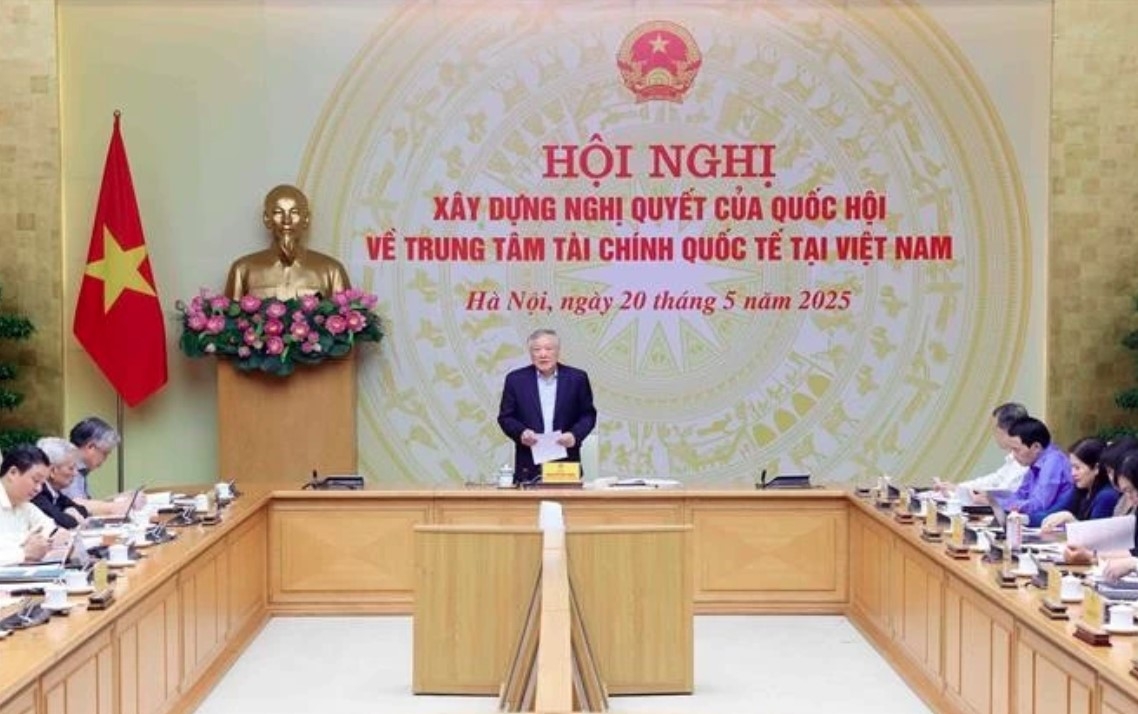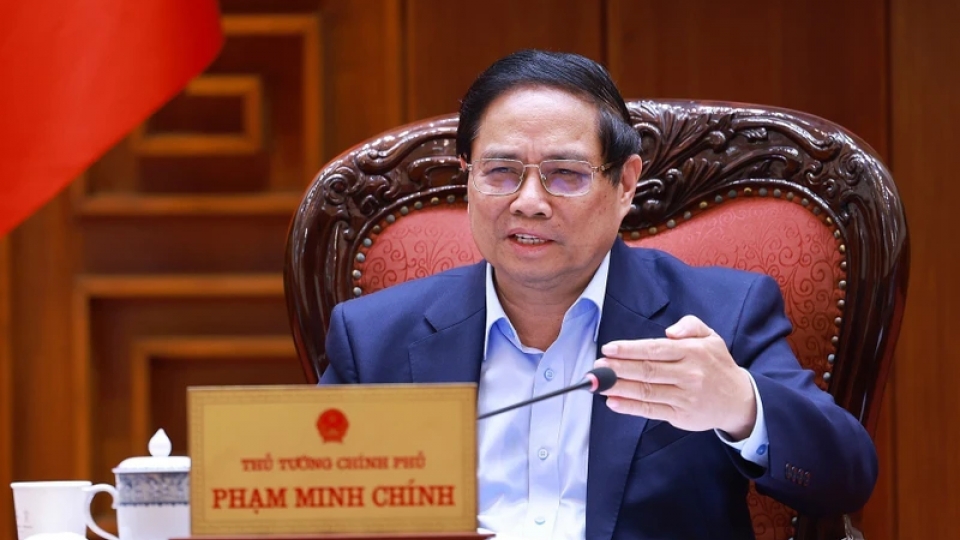Int’l financial centre mechanisms should be attractive to investors: Deputy PM
The Vietnamese Government will work to ensure that policies and mechanisms for the planned international financial centre are distinctive, superior, and attractive to investors, while balancing benefits among the state, investors, and the public, Deputy Prime Minister Nguyen Hoa Binh said on May 20.

Chairing a hybrid conference on the development of the National Assembly’s Resolution on the establishment of the centre in Vietnam, Binh informed that the country intends to develop one international financial centre, which will operate in two cities: Da Nang and Ho Chi Minh City.
According to the Deputy PM, more than 10 national and international conferences on the centre have been held so far in Vietnam and European countries with which Vietnam maintains relations. These conferences have provided a wealth of valuable insights, enabling the Government to build a relatively comprehensive draft Resolution.
The National Assembly is scheduled to discuss and adopt the draft Resolution at its ongoing 9th session, he said, noting that this conference is the final consultation with experts to finalise the draft before submitting the official version to the legislative body. The adoption will mark an important step forward in establishing a legal framework for the development of the international financial centre in Vietnam.
The centre will provide a strong boost to the economy, contributing to the country’s growth and development, and helping create a transparent and breakthrough legal framework, said Binh.
Vietnam is committed to establishing a breakthrough legal corridor to make the most of its advantages while complying with international law, and encouraging innovative activities, the Deputy PM affirmed.
Speaking at the event, delegates unanimously affirmed that the development of the international financial centre is a bold but strategic breakthrough decision for Vietnam. Although Vietnam is a latecomer, it possesses all the necessary conditions to develop a modern international financial centre.
This is the right time for the nation to participate more deeply in the global financial network. If the timing is seized effectively, the international financial centre will become a solid foundation for mobilising high-quality financial resources to support national development. It will also contribute to enhancing state governance capacity, fostering national competitiveness, and promoting deeper and more effective integration with the global financial system.
Richard McClellan, global ambassador of Terne Holding, former director of the Tony Blair Institute, said that if Vietnam aims to build an international financial centre with global standing, it must approach the concept not as a separate geographical area, but as a unified operating system. This model allows synergy, not rivalry, between Da Nang and HCM City.
Vietnam can establish two international financial centres in those cities to optimise their own advantages, he suggested, adding the two centres will support each other and grow together.
Meanwhile, drawing on the experience of modern centres in several countries, particularly in Dubai (UAE), Andreas Baumgartner, CEO and Founder of The Metis Institute, said the dual-city international financial centre model is essential to ensuring unified management.
Many experts also emphasised that, in addition to hard infrastructure, Vietnam should pay more attention to developing "soft" and digital infrastructure to ensure the effective operation of the centre. At the same time, there must be a well-prepared plan for training and developing human resources to ensure smooth operations. Adequate investment resources must also be secured to support the development of financial centres, avoiding fragmented, uncoordinated, and inefficient investments.
Leaders and representatives of international organisations, financial institutions, and partners affirmed their commitment to support Vietnam in the process of building and operating the centre through concrete cooperation, support, and networking activities.



